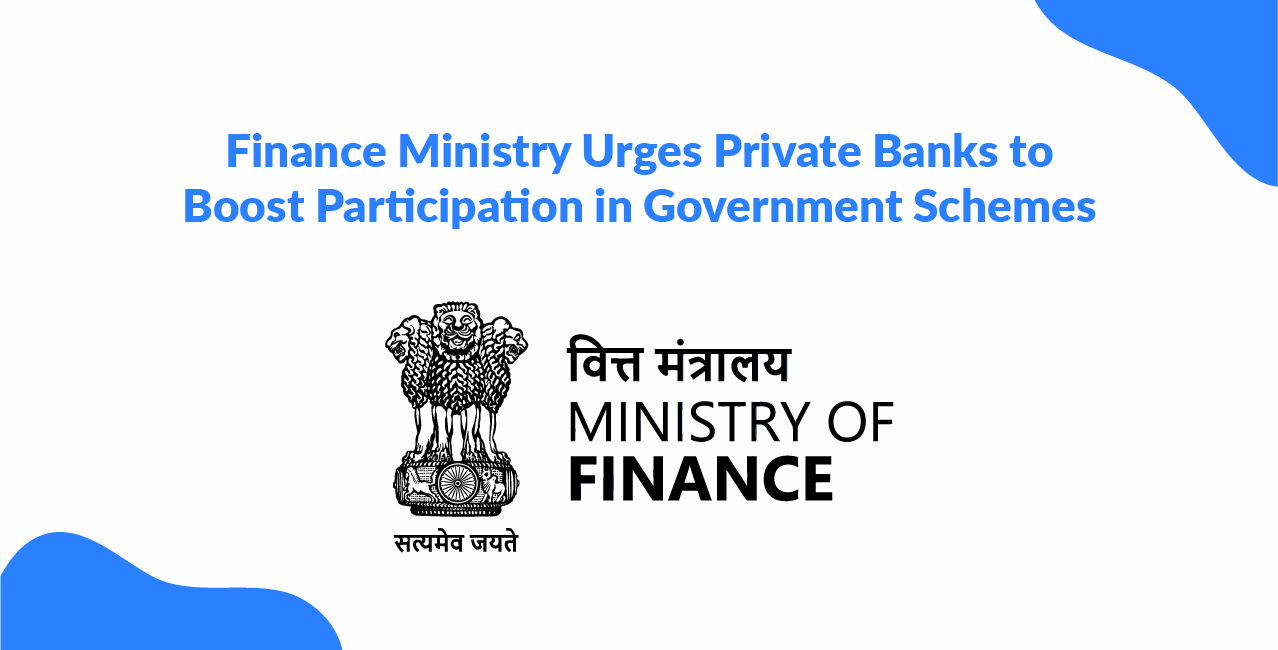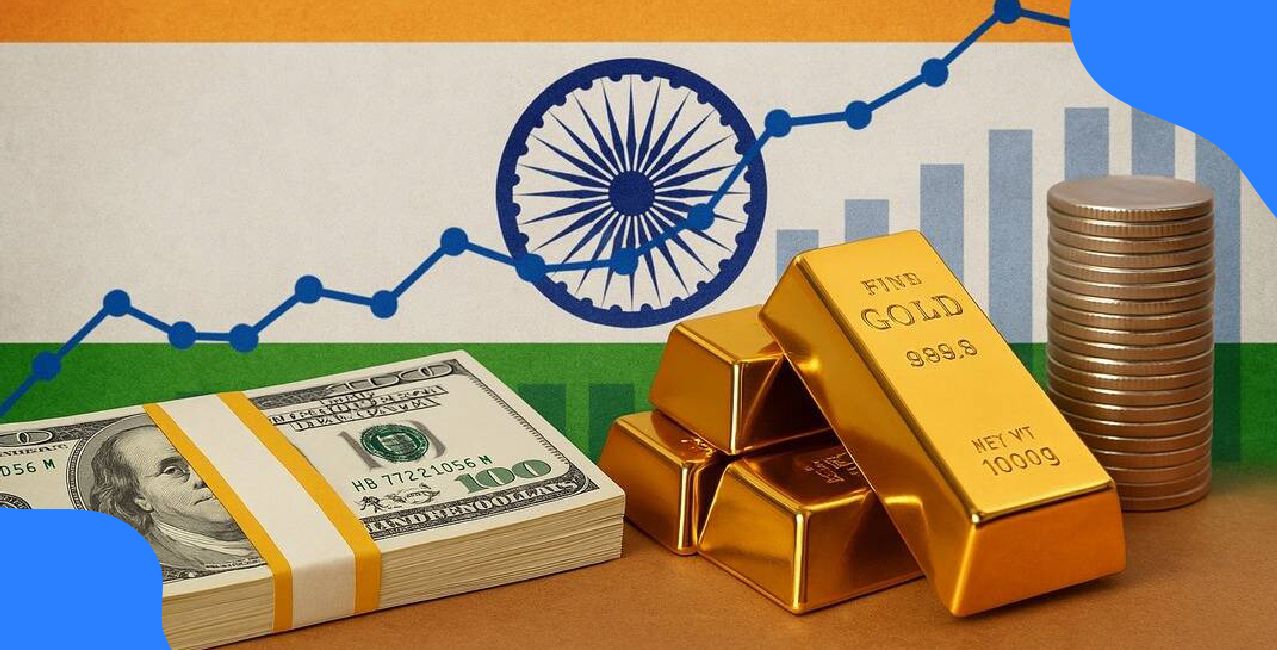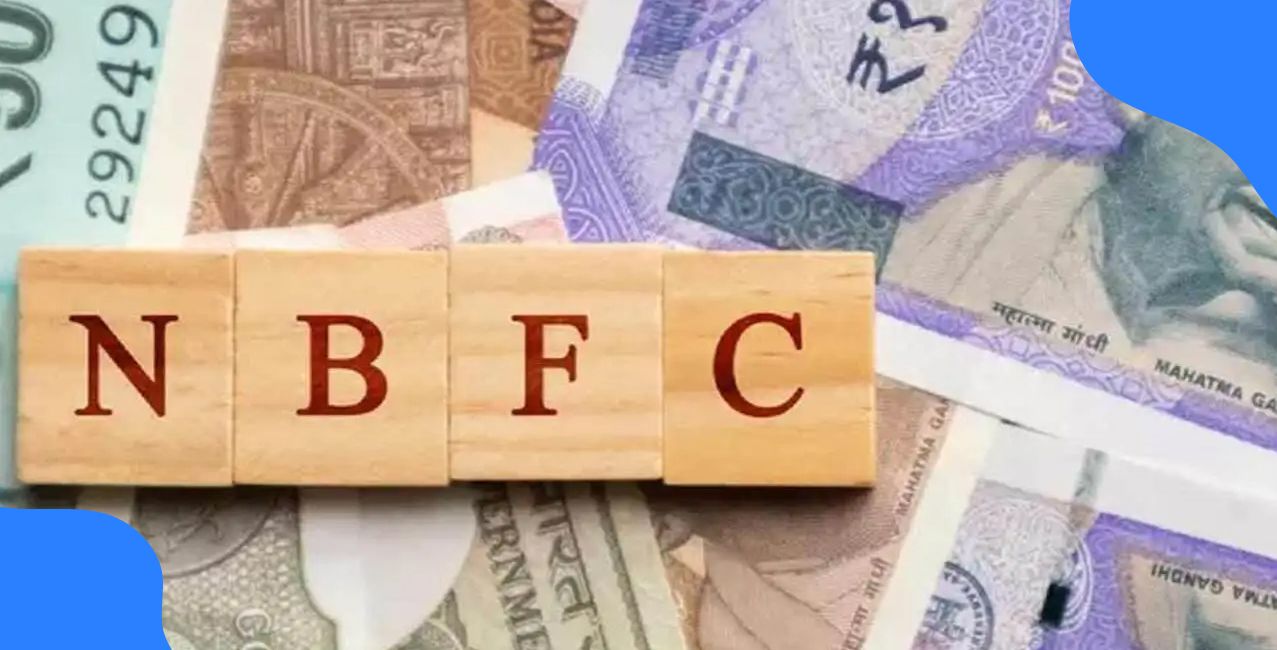
Author
LoansJagat Team
Read Time
4 Min
02 Jul 2025
Finance Ministry Urges Private Banks to Boost Participation in Government Schemes
How much would the banks profit if every single person in India had a bank account?
In India, 48% of adults use financial accounts for personal use. This is the highest percentage globally, according to the Global Findex Report 2017. Yet, 190 million Indian adults remain unbanked, ranking India second only to China in terms of the number of unbanked adults.
That’s why the Indian Government is urging private sector banks to actively participate in its financial inclusion efforts, ensuring that every citizen, regardless of location or background, has access to basic banking and insurance services.
So, will it be compulsory for every Indian to have a bank account?
What is the FI Saturation Programme Run by the Department of Financial Services?
On 1st July 2025, the Finance Ministry launched a nationwide Financial Inclusion (FI) Saturation campaign to deliver essential financial services to the last mile, reaching both gram panchayats (GPs) and urban local bodies (ULBs) across India.
This mega campaign was officially kicked off through events hosted across 33 key locations nationwide, symbolising the Ministry's commitment to holistic inclusion.
The campaign is spearheaded by the Department of Financial Services (DFS). It aims to bring together public sector banks, private banks, insurance providers, and other stakeholders to plug the gaps in financial coverage.
What Will Happen in This Financial Inclusion Saturation Programme?
Running from July 1, 2025, to September 30, 2025, this three-month drive will cover all 2.70 lakh Gram Panchayats (GPs) and Urban Local Bodies (ULBs) across India.
Here's what will take place during the campaign:
This initiative is not just about financial access—it’s about economic empowerment.
Read More – MSME Alert: New Govt Loan Schemes For 2025 Growth
Which Government Schemes Will the FI Saturation Programme Focus On?
To better understand the schemes being promoted under this campaign, here's a simplified comparison table with relatable analogies:
Conclusion
The auto-rickshaw drivers still prefer cash over UPI payments. This is not the only sector which is still dealing in cash. By urging private banks to step up, the government is seeking not only greater coverage but also deeper engagement with the financial needs of India’s rural and urban poor.
Also Read - How to Qualify for a Government-Backed Business Loan
The Financial Inclusion Saturation Programme is more than just a campaign. It’s a movement to ensure that no Indian is left behind when it comes to accessing banking, insurance, and pension services. With the involvement of all banks, both public and private, this initiative has the potential to transform millions of lives by bringing financial services directly to their doorsteps.
About the Author

LoansJagat Team
‘Simplify Finance for Everyone.’ This is the common goal of our team, as we try to explain any topic with relatable examples. From personal to business finance, managing EMIs to becoming debt-free, we do extensive research on each and every parameter, so you don’t have to. Scroll up and have a look at what 15+ years of experience in the BFSI sector looks like.

Quick Apply Loan
Subscribe Now
Related Blog Post

LoansJagat Team • 11 Dec 2025

LoansJagat Team • 11 Dec 2025

LoansJagat Team • 12 Dec 2025